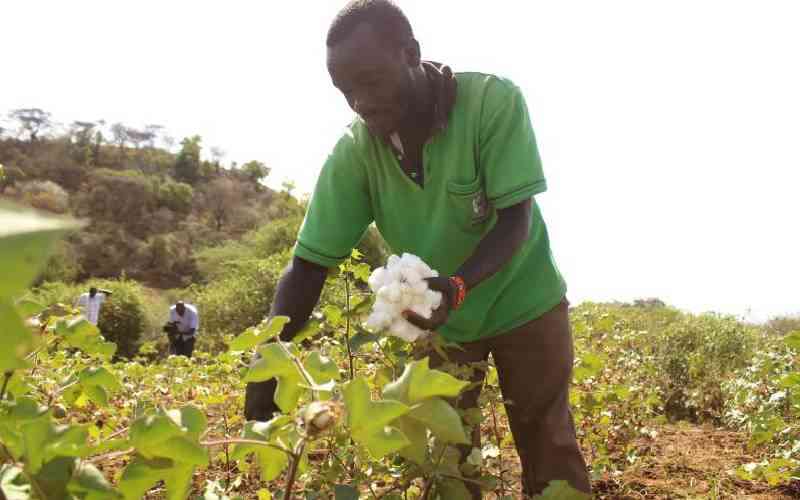×
The Standard e-Paper
Home To Bold Columnists

Improving the quality of cotton seed has been fronted as one of the ways the country can revitalise the struggling textile industry.
The Kenya Institute for Public Policy Research and Analysis (Kippra) also recommends the incorporation of cotton development programmes into counties' integrated development plans.